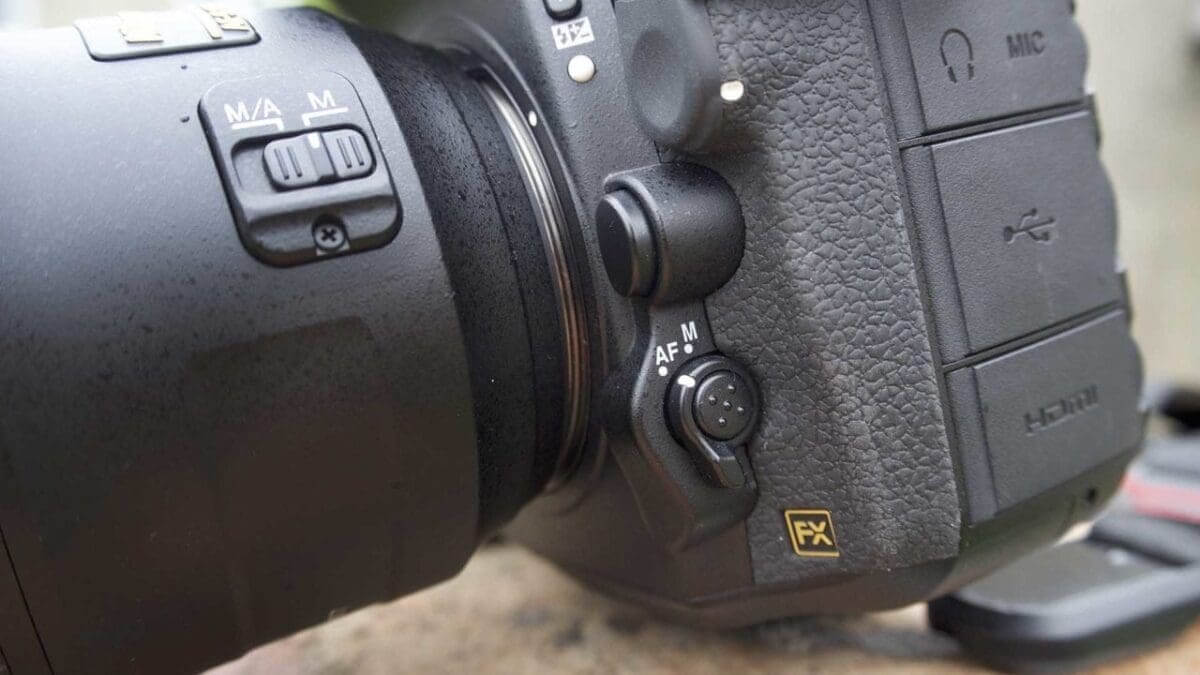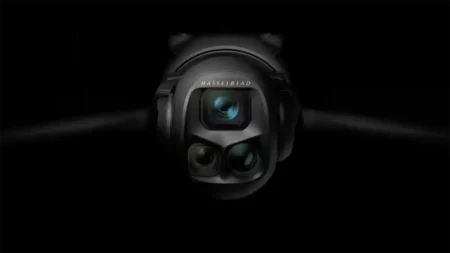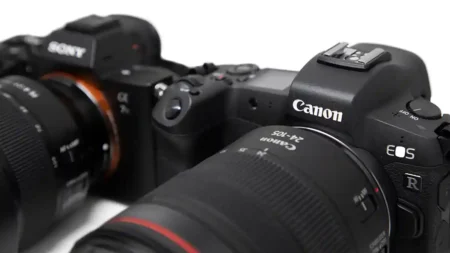Autofocus is a wonderful thing, but there are times when you just can’t rely on your AF system to get it sharp. In these instances when your autofocus isn’t up to the job, you’ll need to take control and focus manually with your camera to ensure a sharp image.
There are a lot of tools built into your camera these days, such as Focus Peaking, that are designed to help you focus manually with greater precision, but for the purposes of this tutorial I’m going to go right back to basics and explain how to switch your camera to manual focus. The process is a little different depending on your camera and lens combo. But first…
When should I use manual focus?
- low-light situations
- shooting through glass
You should use manual focus in situations where your autofocus system might have trouble identifying your focal point. This might be shooting a distant horizon through the mist. Or shooting through glass when at the zoo. Shooting at night or in low-light often requires manual focus, as well. Macro photographers also tend to focus manually in order to ensure their focus is as precise as possible, which is vital for close-up images.
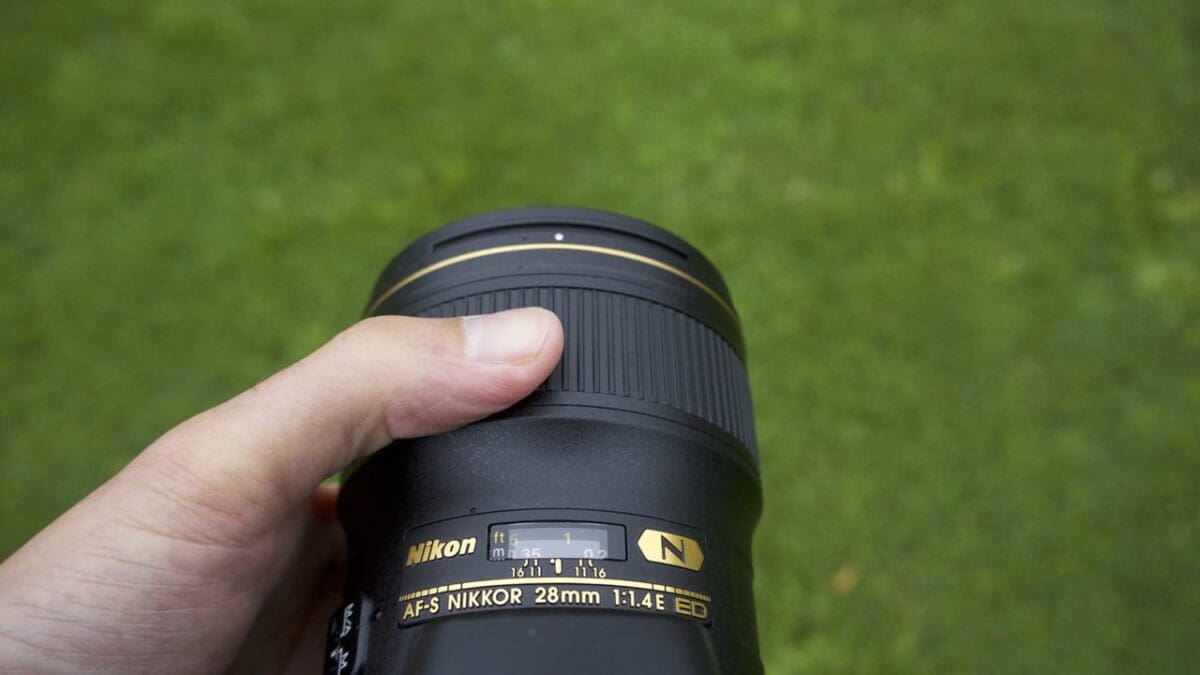
How do I switch my camera to manual focus?
- Slide the switch on the lens barrel to MF
- Twist the focus ring
- Refer to your lens’s focus distance numbers
If you have a high-end lens, switching your camera to manual focus is very simple. Here’s how:
- On the side of your lens barrel you will likely have an AF/MF switch. Simply slide the switch from AF to MF, and your now in manual focus mode.
- To begin focusing manually, simply twist the focus ring. You’ll be able to see when the image is sharp through the viewfinder. Sometimes to ensure my subject is in perfect focus I will twist the focus ring back and forth through the whole zone of sharpness until I’m satisfied my subject is sharp.
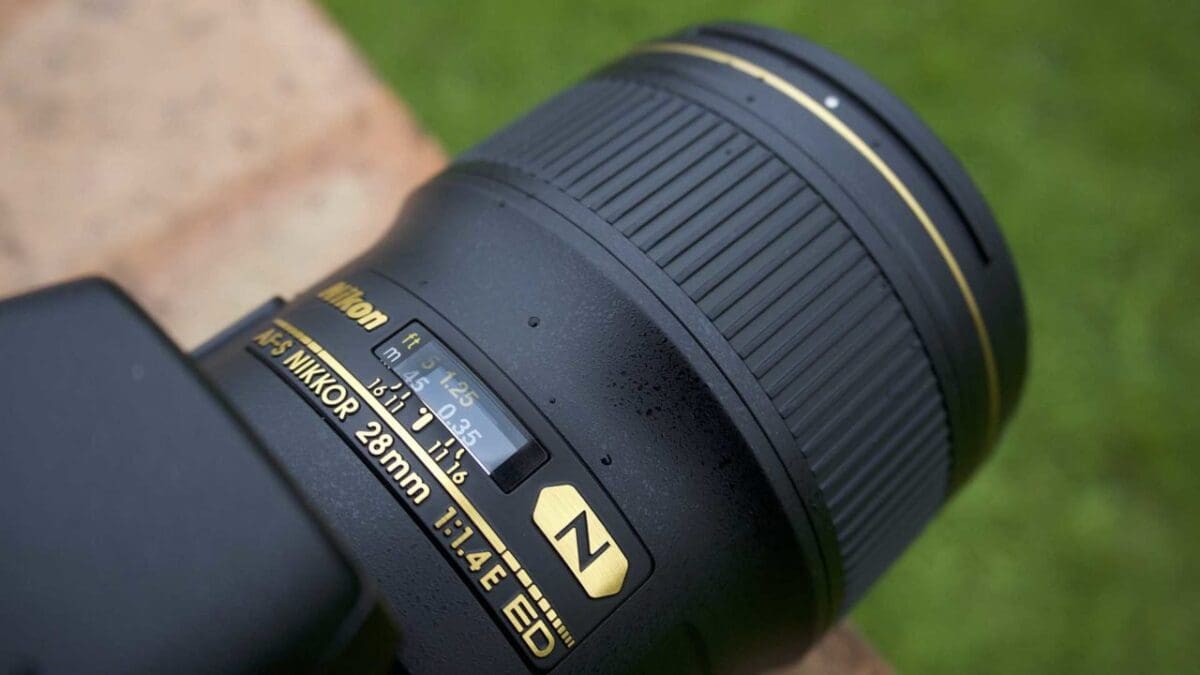 On your lens barrel you also might notice a set of numbers like those in the image above. These are distance numbers you can use to help judge your subject’s distance from your camera. I find these to be really helpful in low-light situations.
On your lens barrel you also might notice a set of numbers like those in the image above. These are distance numbers you can use to help judge your subject’s distance from your camera. I find these to be really helpful in low-light situations.
What if you don’t have a focus switch on your lens barrel?
Never fear; it’s just as simple to switch your camera to manual focus. Here are a few more ways you can switch your camera to manual focus:
- Some cameras, like my Fuji X-Pro1 here, have a switch on the camera body that allows you to quickly switch from Continuous or Single AF to manual focus.
- Other cameras might have an option to change your AF mode to MF on one of the four way control buttons on the back of the camera. Usually it will be the left or up button.
- All cameras will have an option to change to manual focus within the menu system. It will likely be one of the top rows in your camera’s first menu screen.
What is focus peaking?
MF Assist, or focus peaking, is a feature that’s now standard on most cameras and allows you to visualise the zone of sharpness. How it works is that when it is enabled, as you twist the focus ring on your lens small illuminated pixels will appear on your live view screen to indicate what is in focus.
As you twist the ring back and forth you’ll see the zone of sharpness shift as different parts of your scene glow. You’ll know your subject is in focus – a person’s eyes, for instance – when it is illuminated by the focus peaking lights.
